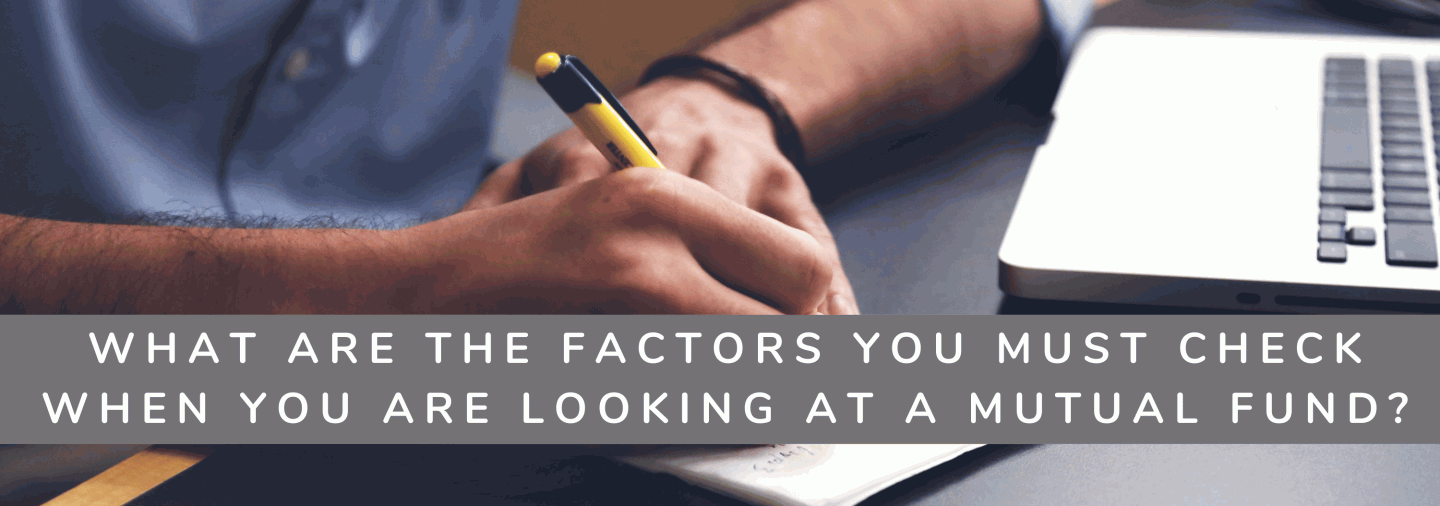How incredible would it be to quit your day job and retire early, spending the rest of your life doing things you love? When you become financially independent, the income your assets generate for you are greater than your expenses, meaning your job is no longer necessary. Sound appealing, right?
Let’s go through all the 9 steps that will help you achieve your Financial Freedom. We have linked all our 9 videos below- you can check them out to learn more about it:
1. START NOW.
Still believe that small savings cannot generate big wealth? Think again. If you plan well, then even small savings can help you generate a good amount of corpus, as starting is important even if it means taking baby steps. Check out our YOUTUBE video - to know more about it.
Video Link - https://youtu.be/9Xh5FRaA0cE
2. AVOID DEBT.
While balancing the rising expenses and lifestyle changes on a day-to-day basis, it becomes difficult to save for our own financial goals. However, there is often a simple solution which can help you achieve some of your life goals: LOAN. But remember, borrowing should not be your go-to option always, you should opt for it only when it is extremely crucial and you are out of options.
Debt is one of the biggest roadblocks in your journey toward financial independence. Plan for it wisely! When you aspire to get to a state of financial independence or stability, living within your means is the best advice you can follow. We are not challenging you to adopt a minimalist lifestyle - It simply means learning to distinguish between the things you need and the things you want—and then making small adjustments that drive big gains for your financial health.
Video Link - https://youtu.be/X1F-GcyyA_g
3. JUST SAVE.
It is easy to say that saving can easily be done on a monthly basis, but it becomes very difficult when you actually start saving practically. The habit of saving regularly cannot be developed in a day. You only need to make sure that you end up developing this habit no matter how much time it takes. The more you save, the earlier you save - the faster you can become financially free - Your savings will act as fuel in your financial journey.
Video Link - https://youtu.be/_GE8iDjkn6k
4. GET GULLACKING.
Rent, utility bills, debt payments and groceries might seem like all you could afford when you're just starting out. However, you can still save a good amount of savings if you get your finance in place and give it a direction. Try our Gullacking Approach! Through this method, you will be able to start your investment journey in a better way.
Video Link - https://youtu.be/1Ajk5rKY6Sg
5. MORE IS BETTER.
“I am very happy with my salary and I don’t think I need a raise,” said no one ever. Most of us usually find ourselves thinking that the income we earn through our jobs or business is not enough. The bottom line is that no matter what we earn, we’d like to earn more. There are multiple ways to set up additional sources of income today - check out our YOUTUBE video to know more.
Video Link - https://youtu.be/jB8WQDEQaR4
6. TAKE RISKS.
Not focusing on risk is like not focusing on the amount of salt you put in food, it is very important. Risk is what you have to bear to get any return in life or investments. It is important to know the different types of risk that you have to bear when you make investments and how you can manage those risks to achieve your financial goals.
Don’t hesitate to take risks. Rather than being afraid, learn to manage it. Start taking Measurable Risks!
Low Risk = Low Return.
High Risk = High Return.
Video Link - https://youtu.be/tsoPAOVyT3g
7. SAFETY FIRST
We never know what the future holds for us, Right? So it's always best to be prepared by putting money aside. This will help you to avoid taking on an additional financial burden, without the clarity of how you would pay it back.
Let's go over the three most common contingencies that you could come across:
Financial emergencies → Emergency Fund.
Untimely Death → Life Insurance.
Health Issues → Health Insurance.
Video Link - https://youtu.be/XlCqCbokJAw
8. STAY AWAY
There is nothing known as ‘QUICK MONEY.’
Avoid taking shortcuts!
Video Link - https://youtu.be/5d1BtheuEXo
9. DON’T STOP LEARNING.
Money is something that we need to deal with every day. We have ample information ready on Youtube as well as various websites. We always suggest you never stop learning about it. Because if you do not learn about it or research about it - you will have to learn the hard way from your mistakes.
You can check out our courses to learn more about how to manage your money at https://courses.wealthcafe.in/s/store
Video Link - https://youtu.be/fQ14nVIdD-4
Wealth Cafe Advice:
Knowing exactly what you want to achieve makes achieving financial freedom a million times easier. But, financial freedom isn’t just about having enough money today – it’s about knowing that you’re covered in the future. Once you’ve got an emergency savings fund and you’re making progress towards short and medium-term goals, it might be time to think about diversifying your savings through other types of investments. If you’re a young investor with a steady job, you can consider higher-risk investments, such as stock funds, that offer higher potential returns in the long run. If you’re at a more conservative stage in life, close to retirement for example, then lower-risk options may be what you’re looking for. Either way, always consider how to make the most of the available tax advantages on investment and retirement accounts.
Therefore, financial freedom can help you take ownership of your finances and, more importantly, your life. It’s about living within your means, being a bit frugal, and making sure that money is spent on things you really need like food, shelter, and yup even vacations (relaxation is important too, you know). By following the financial freedom tips mentioned above, you’ll inch closer to achieving the financial freedom you deserve. Hence, take a look at those finances, build additional streams of income, pay down that debt, and before you know it you’ll be free.
So, how close are you to achieving financial freedom?






















